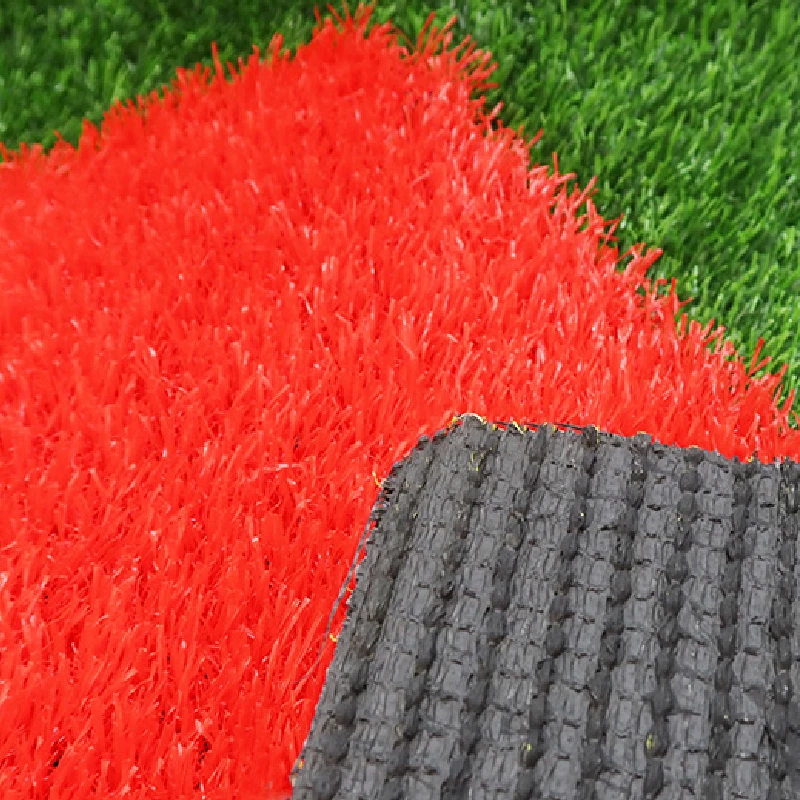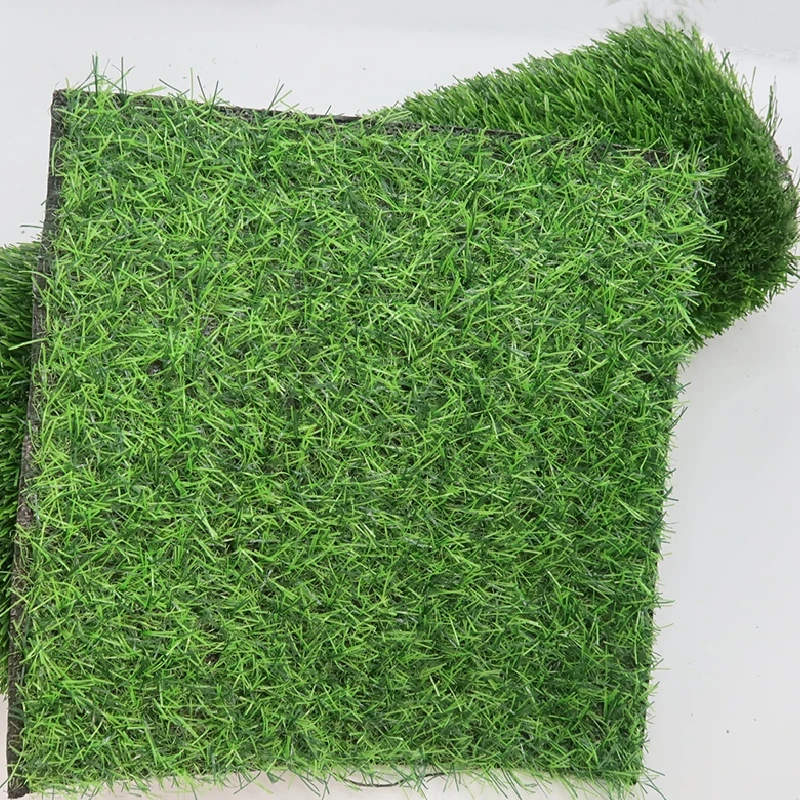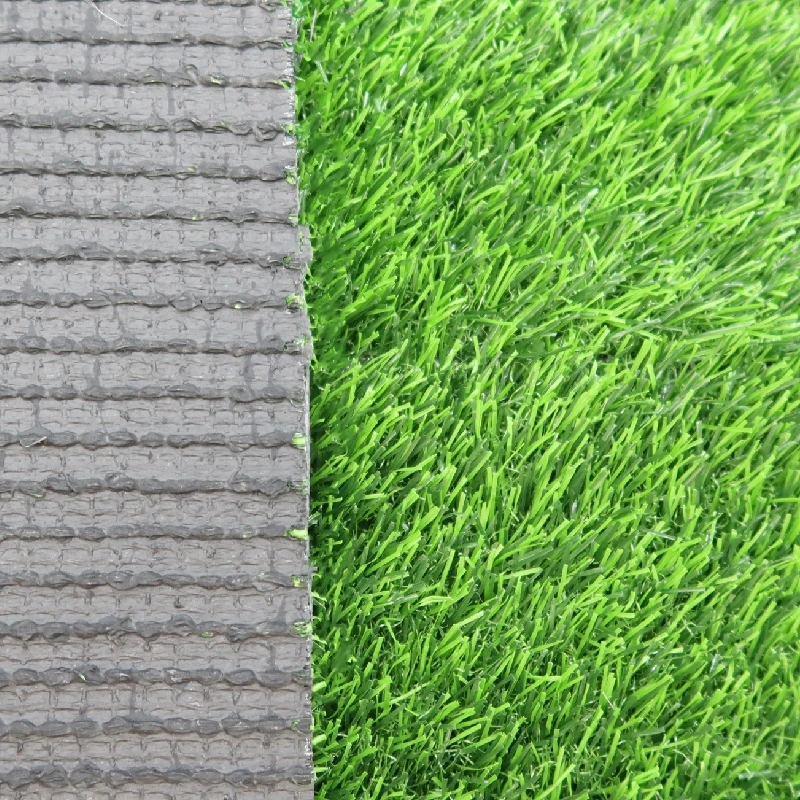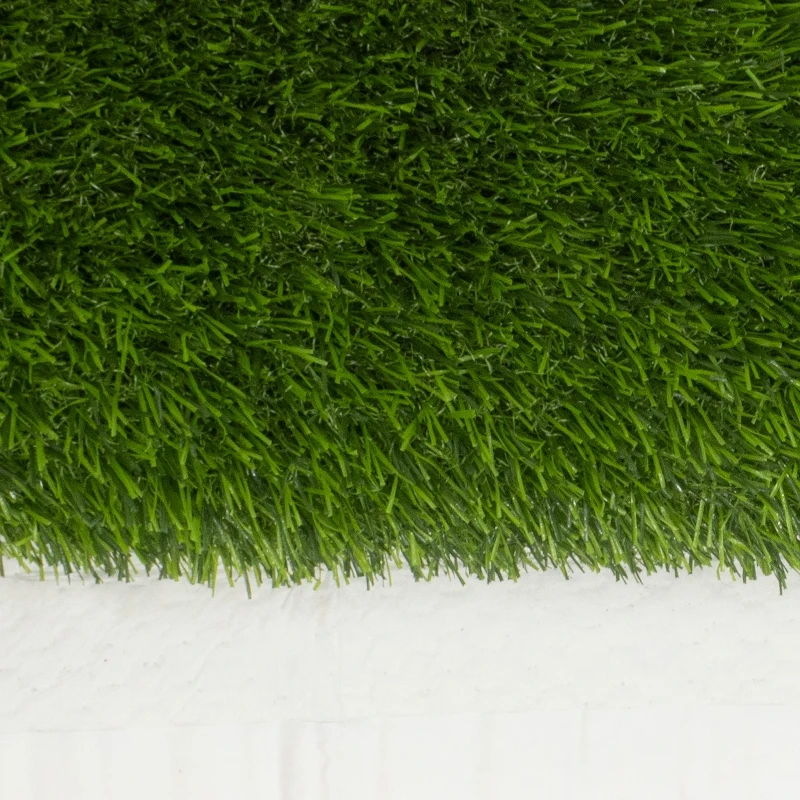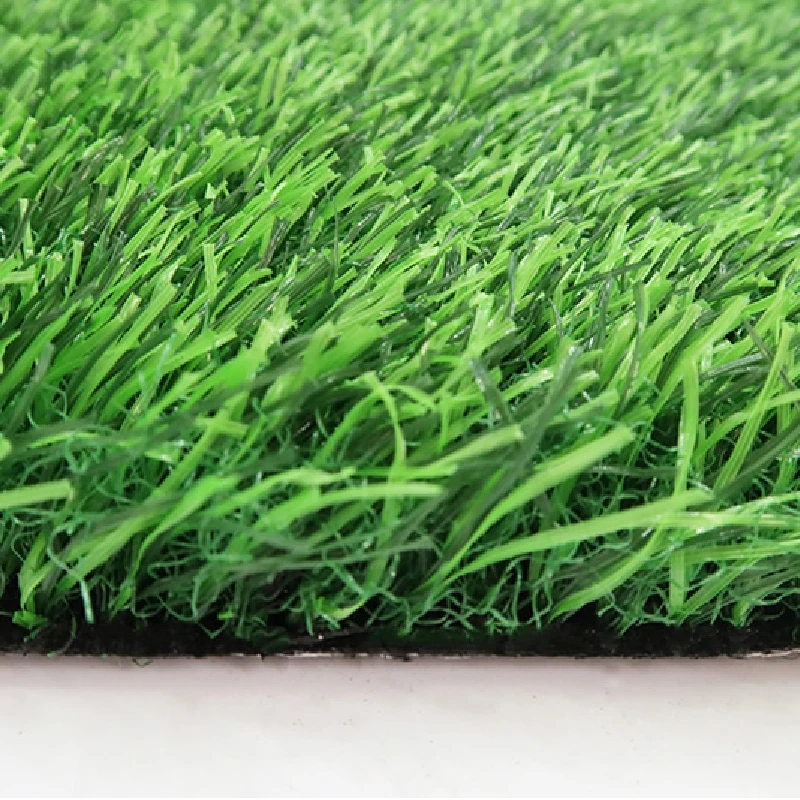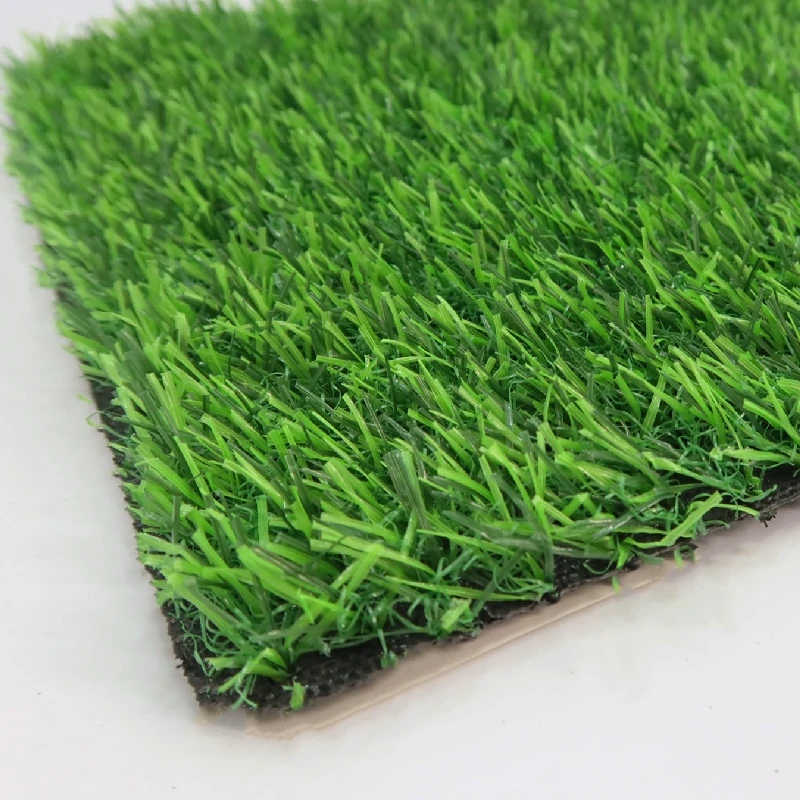Synthetic Grass Installation – Sustainable & Cost-Effective Turf Solutions
Nov . 19, 2025 19:00 Back to list
Why Synthetic Grass Installation Is Gaining Global Attention
It might seem odd at first — why are millions around the world choosing synthetic grass installation over natural lawns? Well, behind this trend is a story that’s both environmental and economic. As water scarcity worsens globally and urban areas grow denser, synthetic turf has emerged not just as a convenient alternative, but a sustainable solution in many contexts. It’s about cutting maintenance costs, conserving water, and creating green spaces where nature might not easily thrive.
Understanding synthetic grass installation means understanding a piece of how we’re adapting our infrastructures and lifestyles to a changing world. It’s practical, yes, but also a subtle nod to innovation meeting necessity.
Global Context: The Rise of Synthetic Turf
Look at the data from the United Nations — an estimated 1.2 billion people live in areas of water scarcity, and by 2025, half of the world’s population could be in water-stressed regions. Coupled with growing urbanization (over 55% live in cities today, projected to rise), water-intensive landscaping like traditional grass is becoming less viable.
This is where synthetic grass installation starts to shine. It addresses the challenge of maintaining verdant spaces without the ongoing water, fertilizer, and pesticide inputs natural lawns require. Beyond environmental concerns, industries from sports to real estate see synthetic turf as a way to enhance property value, lower upkeep costs, and expand usability — all without sacrificing the look of green space.
But, of course, switching to synthetic isn’t as simple as rolling out plastic grass. The installation process matters greatly — impact on soil, drainage, and durability all come into play.
What Exactly Is Synthetic Grass Installation?
Synthetic grass installation is the professional process of laying down artificial turf made from plastic fibers to replicate natural grass. It involves site preparation, choosing the right materials, base layering, and precise placement to create a surface that looks and performs like real grass — without some of the downsides.
Fractions of an inch matter here; improper installation can lead to puddles, uneven wear, or even rapid degradation. In industrial or humanitarian contexts, well-installed synthetic grass can provide safe, clean, and accessible ground surfaces — sometimes where actual grass can’t grow due to climate, soil conditions, or pollution.
Core Components of Effective Synthetic Grass Installation
1. Durability and Material Composition
Not all synthetic turfs are created equal. The yarn type (polyethylene, polypropylene, nylon) and backing materials directly influence lifespan. Typically, polyethylene blends are preferred for their soft texture and UV resistance — vital for outdoor use.
2. Base Preparation and Drainage
The surface beneath synthetic turf has to be carefully graded and compacted. A sturdy base often includes crushed stone or gravel to aid drainage, preventing waterlogging. Without proper installation here, you risk puddles that encourage mold or degrade the turf.
3. Infill Materials
To mimic natural grass’s feel and improve stability, small granules of rubber, sand, or organic materials are spread between the fibers. These infill types affect climate adaptability, durability, and player safety in sports fields.
4. Scalability and Maintenance
The beauty of synthetic grass is it can be installed on tiny balconies or full stadiums. However, installation techniques vary greatly depending on scale to keep costs in check while ensuring quality. Unlike natural turf, maintenance mainly involves cleaning debris and occasional brushing, rather than watering or mowing.
5. Environmental Impact
While synthetic turf saves water and chemicals, the production and disposal of plastics raise questions. Choosing recyclable turf and eco-friendly infills can help mitigate environmental costs.
Mini takeaway: Robust synthetic grass installation stands on a foundation of smart materials, site prep, and ongoing care — making or breaking long-term performance.
Where Is Synthetic Grass Installed Around the World?
The applications span continents and industries:
- Sports Arenas and Fields: Football, golf, and tennis in places like the USA, Europe, and Australia.
- Urban Landscaping: Rooftop gardens and playgrounds in space-challenged cities such as Tokyo or New York.
- Industrial Zones: Oil rigs and remote sites where natural grass offers no traction or dust control.
- Humanitarian & Disaster Relief Sites: Camps where stable, clean surfaces improve living and working conditions.
One example comes from the Middle East, where desert climates mean water is scarce and traditional lawns impractical. Synthetic solutions offer governments a sustainable option for beautifying parks without dribbling precious resources.
The Benefits: More Than Just Pretty Turf
- Cost-Efficiency: No watering bills, no pesticides, and minimal labor.
- Environmental Savings: Water conservation plus reduction of chemical runoff.
- Safety and Accessibility: Even surfaces that reduce injury risks and accommodate users of all ages.
- Social Impact: Creating green, livable spaces can boost community morale and well-being.
Frankly, it feels like synthetic grass helps us hold onto a bit of nature’s comfort amid concrete jungles and water crises. It’s reliability wrapped in green fibers.
Product Specification Table: Typical Synthetic Grass for Sports & Landscaping
| Specification | Details |
|---|---|
| Fiber Material | Polyethylene (UV stabilized) |
| Pile Height | 30-45 mm (1.2-1.8 inches) |
| Backing | Latex or polyurethane coated |
| Gauge | 3/8" to 5/8" |
| Infill | Rubber crumb and silica sand blend |
| Warranty | 8-12 years (depending on use) |
Comparing Top Vendors: What Sets Them Apart?
| Vendor | Specialty | Eco Credentials | Typical Project Types | Price Range |
|---|---|---|---|---|
| GreenTurf Co. | High durability sports turf | Uses 30% recycled polymers | Stadiums, playgrounds | $$$ |
| EcoGrass Solutions | Organic infill focus | 100% biodegradable infill | Residential, parks | $$ |
| UrbanGreen Systems | Rapid urban installation | Low VOC adhesives | Rooftops, balconies | $$ |
Emerging Innovations and the Future of Synthetic Grass Installation
New materials that blend better with nature are hitting the market, like bio-based fibers and non-toxic infills. Digital tech is also making waves — with automated machinery improving installation precision and drones conducting inspections to predict turf lifespan.
The shift toward sustainability means more recycling programs and policies pushing for lower carbon footprints in production. I noticed some companies integrating solar-powered cleaning systems for big sports fields — pretty neat for long-term upkeep.
Challenges Still on the Field – And How They're Tackled
One snag, honestly, is heat. Synthetic grass can get hotter than natural lawns under direct sun. Solutions often include lighter colored fibers or cooling infills, but the technology is still evolving.
Another concern is disposal. When turf reaches end-of-life (usually over a decade), recycling and landfill options remain limited. Industry players are actively investing in circular solutions, but it’s a slow climb.
FAQs About Synthetic Grass Installation
Q1: How long does a typical synthetic grass installation take?
A properly planned synthetic grass installation usually takes between 1 to 3 days for an average residential project, depending on site prep and scale. Commercial or sports fields can take longer, often a week or more. Efficient scheduling and professional crews can speed this up substantially.
Q2: Is synthetic grass suitable for all climates?
Generally yes, but in extremely hot regions some cooling treatments are recommended to reduce surface temperature. Also, areas with heavy snow or frost might require special installation techniques for drainage and freezing concerns.
Q3: What maintenance does synthetic grass require?
Compared to natural lawns, maintenance is minimal—mainly periodic brushing to keep fibers upright, cleaning debris like leaves, and occasionally refilling infill. Unlike natural grass, watering or mowing isn’t necessary.
Q4: Can synthetic turf be installed over existing surfaces?
Yes, often synthetic grass can go over concrete, asphalt, or compacted dirt, provided the surface is properly leveled and drainage is accounted for. This makes installation versatile in urban environments.
Q5: Is synthetic turf safe for children and pets?
Modern synthetic grass meets safety standards for non-toxicity, soft surface, and UV resistance. Choosing products with organic or low-impact infills also improves safety and comfort for kids and animals alike.
Wrapping It Up: Why Synthetic Grass Installation Is a Smart Choice
All in all, synthetic grass installation proves to be more than a trend — it’s an integral part of adapting our habitats to growing environmental challenges and busy urban lives. Its blend of cost effectiveness, sustainability, and versatility makes it a go-to for many industries and communities worldwide.
Thinking of making the switch or exploring large-scale projects? For expert advice and tailored solutions, visit our website. We’re here to help you bring green to places that need it most, efficiently and responsibly.
References:
-
Durable, Eco-Friendly Turf for Balcony | Enhance Your Urban Space
NewsNov.24,2025
-
Turf Between Pavers: Sustainable Green Paving Solutions for Modern Urban Spaces
NewsNov.24,2025
-
Discover the Benefits of Turf and Pavers Backyard | Sustainable Outdoor Design
NewsNov.24,2025
-
Top Quality Artificial Grass – Sustainable, Durable, and Stylish Turf Solutions
NewsNov.24,2025
-
Durable and Eco-Friendly Thick Artificial Grass Solutions | Hoya Grass
NewsNov.24,2025
-
Synthetic Turf: Sustainable Green Solutions for Sports, Industry & Urban Living
NewsNov.24,2025
Products categories



